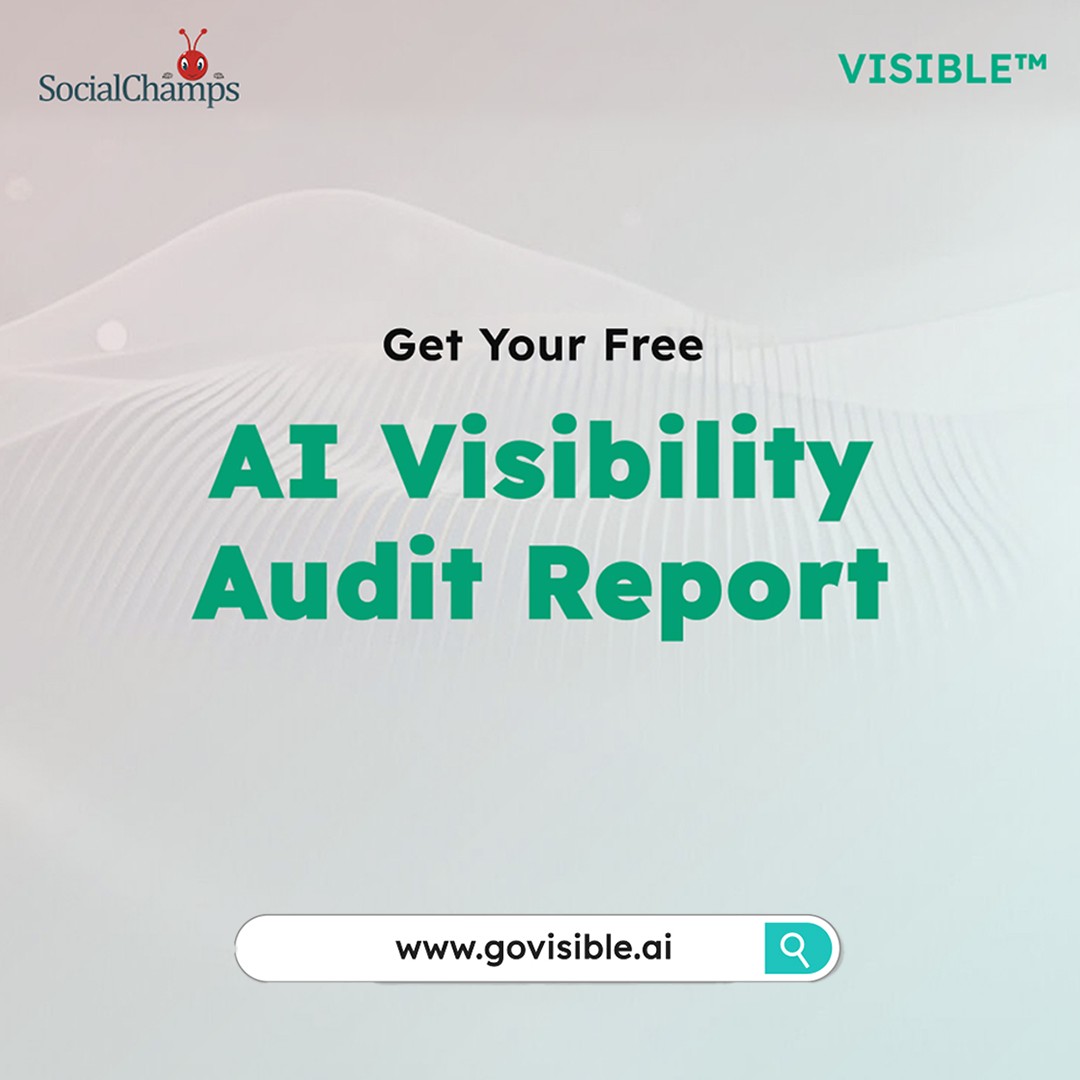You spend a lot of time and energy to promote your business on social media. But is your time and efforts are really worth this? That all depends on the visibility and sales that you generate by promoting your product or service online. In simple words, it all depends on your social media influence.
What is social media influence?
Your ability to command the attention of people using social media and getting sales from them is your social media influence. Your influence depends on how efficiently and properly, you can use your social media to make your product or service visible to people.
What is the point of using social media influence?
Promoting products on social media is important because it has a wider audience than television. Till date, there have been various studies and surveys proving how social media shapes the opinion of people and entice them into buying products.
91% people say consumer content is number 1 buying decision. Before deciding to buy a product, they prefer to read its reviews online. 87% trust recommendation by a friend. 1 word of mouth conversation is equal to an ad with 200 views on TV. Social networks influence 70% of opinion about products and services.
TV ads create awareness about products or services. When people find something interesting, they bookmark it on it a social bookmarking website.
On Twitter, they tweet about it and this creates awareness about the products or services. Soon many more people tweet about them and a discussion starts. Then, after buying and using a product, people write reviews about it on review-sharing websites.
Who are influencers?
The businesses who can impress and entice customers are influencers.
In the context of this article, “influencer” will refer to businesses. “Influence” is being defined as the ability to drive action from people who visit the page owned by influencers.
On what factors does consumer influence depend on?
Consumer influence depends on the following factors:
- Credibility: The influencer’s expertise in a specific domain of knowledge. This makes target customers believe in what influencer is saying.
- Bandwidth: The influencer’s ability to transmit his expert knowledge through a social media channel.
The target’s likelihood to be influenced by a specific influencer depends on four factors:
- Relevance (the right information): How closely the target’s information needs to coincide with the influencer’s expertise. If the information provided by the influencer is not relevant, then it is just spam to the target and will be ignored.
- Timing (the right time): The ability of the influencer to deliver his expert knowledge to the target at the time when the target needed it. For example, your act of convincing someone to buy a heater when the winter season is approaching.
- Alignment (the right place): If your target customer is not active on the social media channel on which you are active, then your message will not reach him. In order to promote something that is meant for High School students, you cannot use LinkedIn. You have to use Facebook for that.
- Confidence (the right person): You need to convince your target customers that you are the right person who can help them. They need to have confidence in you and your service.
Are there tools to measure social media influence?
Of course! We will talk about them in our Next blog post.
After understanding the concept and criteria of measuring social media influence, how do you rate yourself as an influencer? Post your comments.





0 Comments